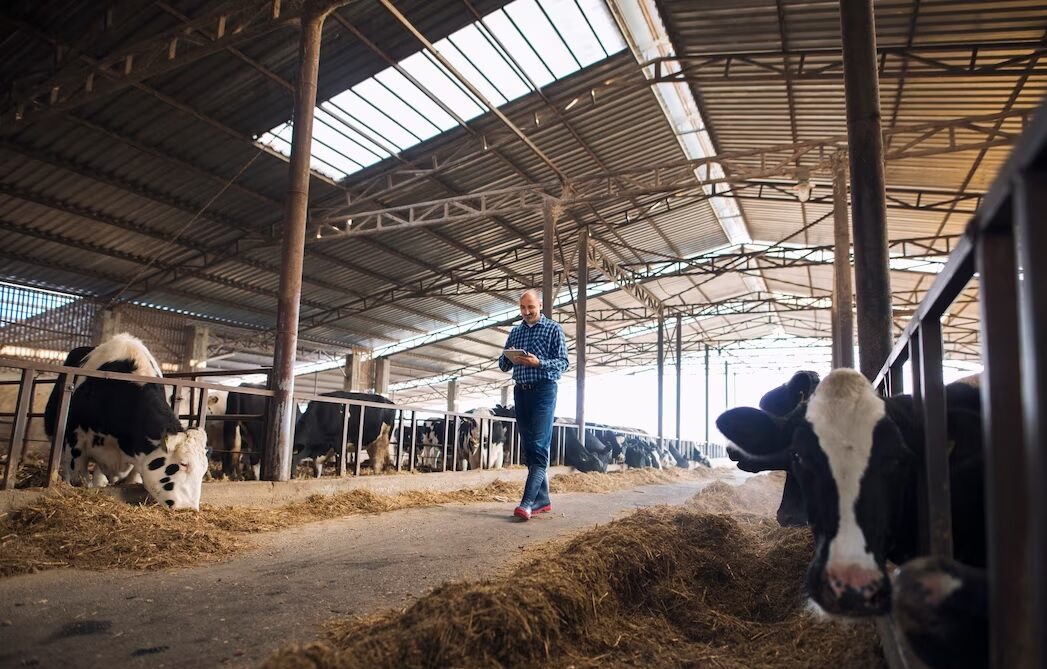The price of a cattle yard is determined by a series of factors that require careful deliberation on behalf of the buyer. If all goes according to plan, this type of agricultural enterprise can be incredibly profitable, delivering goods for a customer base who will continue to trust in their product.
The challenge for any prospective client is to know what they are securing and what they are committed to for the long-term. Thankfully there are 5 clear checklist items which help outline the real value of these cattle yard locations.
1) Surveying Cattle Infrastructure
Any entrepreneur or agricultural enterprise buying a commercial cattle operation has to complete their due diligence on the project. What does this translate to in real terms? Ultimately it will be the level of infrastructure on site which carries the value and shapes the safety and efficiency of the environment.
Every facet of the environment has to be reviewed, featuring:
- Chutes
- Pens
- Ropes
- Pullers
- Water tanks
- Feeding rings
- Bump ‘n drive gates
- Crates
Are they designed with quality materials? What is their lifespan? Do they require repair or replacement? This is how operators assess the viability of the project.
2) Consulting With Experts & Industry Members
Professionals who sell cattle yards understand how important it is to consult with experts in the field. Every individual will have their own interpretation around what price should be attached to the business, yet it will be specialists who have years of experience behind them that guide the process in the right direction. They will pinpoint the finer details on the deal, including legal and insurance compliance measures to entry and exit points, flooding hazards and more.
3) Independent Valuations
What constitutes value for money with a cattle investment? It would be incredibly naive to accept the price from the seller on face value. That is bad business, whatever way you decide to look at the sale. Having two to three independent valuers assess the premises and base their judgement according to precedent and industry standards takes all of the anxiety out of the deal. In this scenario, there is no bias or agendas in play when forming the numbers.
4) Hiring the Right Staff
Being a savvy commercial operator in this industry requires owners to be working with the best people possible. They are the individuals who will be responsible for the day-to-day management of the livestock. If this piece of the puzzle is not in play, then there is no foundation to progress with the sale in the first place. These handlers and managers navigate all of the challenges which a yard will encounter.
5) Afford Time to Assess Commercial Viability
Time management is such a key factor for participants who want to do right by themselves and their stakeholders in the cattle industry. There is too much at stake to attempt to rush the deal, even if the buyer believes they have a great deal on the table. Work through these steps, consult with experts and valuation officials before seeing if this project is worth the investment.
Summary
When reviewing the prospects of these cattle establishments, it is important to set short, medium and long-term targets. External events will always play a role, but owners who have a clear vision for their business tend to make better judgements along the journey. Adhere to these 5 principles before making an educated choice on the sale.



